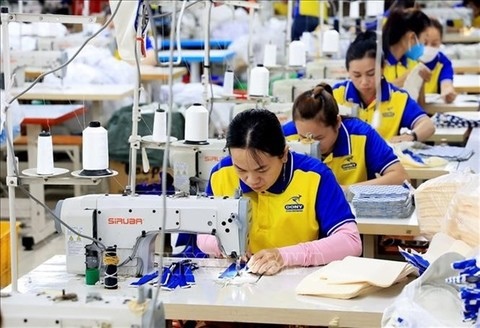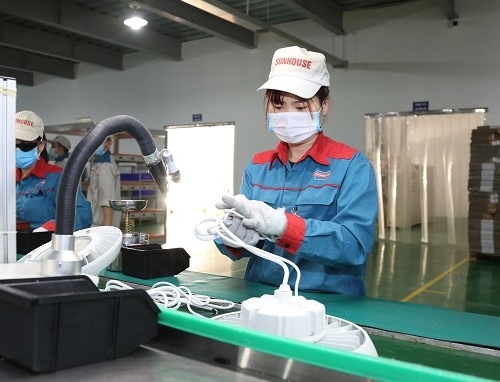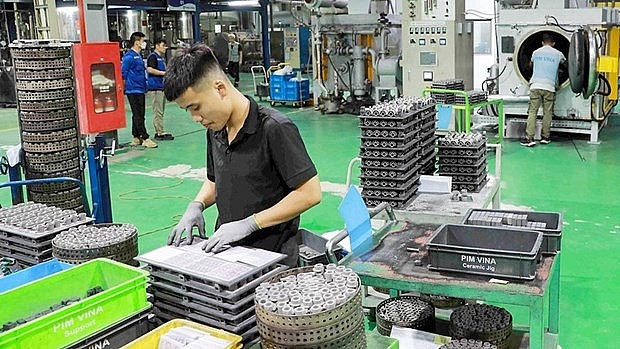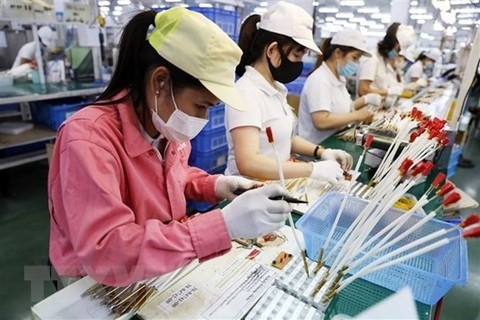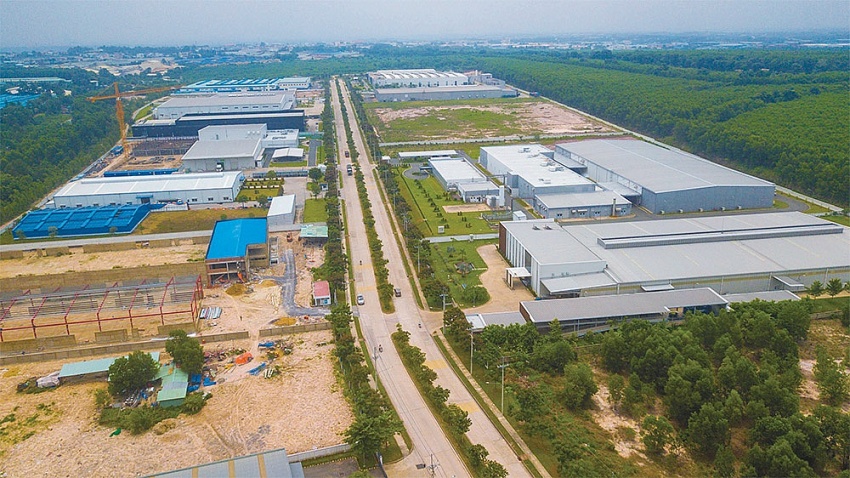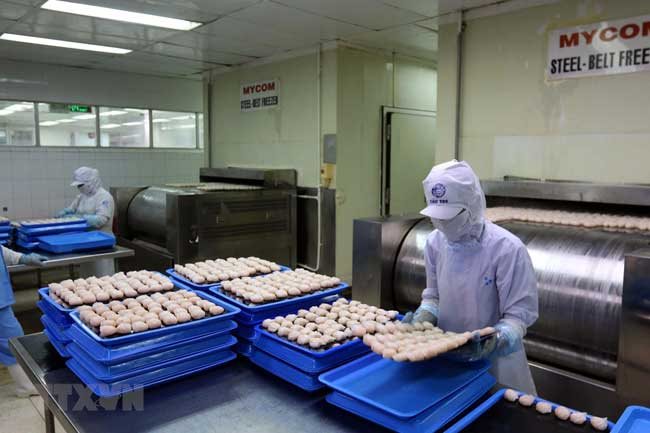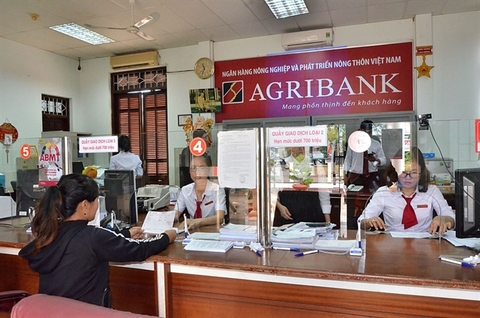PM urges central region to tap into potential
PM urges central region to tap into potential
The nation's central region should seek solutions to realize its potential to boost its economic development, Prime Minister Nguyen Xuan Phuc said today, August 20.
Speaking at a conference in Binh Dinh Province on the central region’s economic development, the Government leader said that the regional connectivity for infrastructure development, human resources training and production remains ineffective, the Government news website reported.
In addition, the central key economic zone has yet to show any success in leading regional economic development.
Industrial sectors continue to use a large volume of natural resources and have yet to employ much technology.
The region’s forest and sea potentials have yet to be taken advantage of effectively. The poor infrastructure, business environment and capability of officials in many localities have hindered the region’s economic development.
On the other hand, PM Phuc hailed the region’s achievements, such as the industry and construction sector’s annual average growth rate in the 2016-2018 period of 10.36%, higher than the nation’s average of 8.1%.
Meanwhile, the service sector has posted significant growth and accounts for 41.95% of the region’s economic structure. The tourism sector is currently a driving force for development in the central provinces.
Also, he praised the people of the central provinces, calling them frank, hardworking and determined. Many Vietnamese billionaires have originated from this region, Phuc added.
Therefore, the region should seek ways to retain talent and attract more entrepreneurs and experts to live and work there, contributing to the region’s development.
In addition, the region is vulnerable to natural and social factors, especially climate change and rising sea levels, the Government leader noted, calling for the cooperation of local authorities to respond to these challenges.
It is necessary to launch regional tourism, manpower, labor market and environmental protection programs, he said.
PM Phuc stressed the need to focus on developing five economic sectors: fisheries, tourism, seaports and logistics services, manufacturing and processing and renewable energy.
He also assigned specific tasks for ministries and agencies. For instance, the Ministry of Planning and Investment must accelerate the creation of plans for the region and propose developing urgent infrastructure projects, such as coastal roads, roads to the Central Highlands region and projects to respond to drought.
The Ministry of Finance will have to study tax and fee policies to authorize the governments of localities in the region to collect and manage certain taxes and fees.
The prime minister also assigned the Ministry of Transport to draw up a plan to develop airports in the region and the Ministry of Industry and Trade to develop logistics centers.
Meanwhile, localities in the region should enhance their links with ministries, agencies and the Central Highlands provinces; prevent environmental pollution; and improve living conditions for residents.
The region should also draw up plans to tap into its forest and sea potentials and adjust policies on forest- and marine-based economies to boost the region’s development.
Speaking at the conference, economist Tran Du Lich said the region has gained considerable growth over the last 20 years thanks to the efforts of the Government and localities. With its potential, the region can reach a growth rate of 9%-10% in the next 10-15 years.
He pointed out that a special system was needed for the region. Meanwhile, provinces expected the removal of overlapping regulations, especially those on investment and land management.
As for the transport sector, Minister of Transport Nguyen Van The said the traffic system in the region has improved. The region is now home to nine airports, which can receive wide-body aircraft, and will soon have an aviation training institute.
At the conference, the Binh Dinh government presented investment certificates for 15 projects, witnessed by the prime minister.
The central region, including 14 provinces from Thanh Hoa to Binh Thuan, is now home to 20.2 million people, accounting for 21% of the country’s total population and 28.9% of the nation’s land.
The central key economic zone covers five localities---Thua Thien-Hue, Danang, Quang Nam, Quang Ngai and Binh Dinh---with a total area of nearly 27,900 square kilometers, accounting for 8.5% of the nation’s total land and a population of 6.5 million people, making up 7% of the total.


